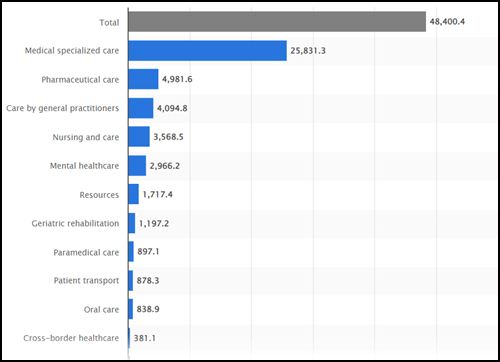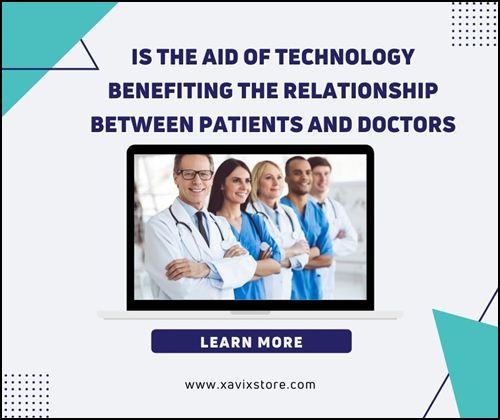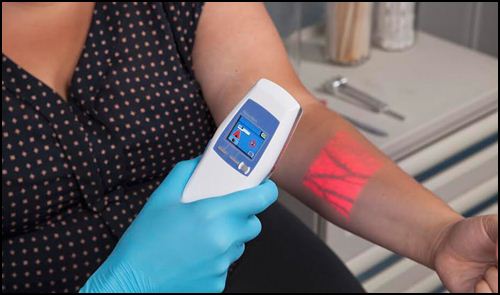Technology Benefiting The Relationship Between Patients And Doctors
The use of technology is constantly increasing in the healthcare industry. There are many benefits to this, such as quicker diagnosis, better treatment, and lower treatment costs. However, there are also more ways that doctors can become isolated from patients when they start relying too heavily on technology (such as computers), which could lead to a disconnect between doctor and patient.

This issue is especially prevalent in regions with a lower socioeconomic status (e.g., low access to computer or internet) because those individuals rely more heavily on seeing doctors for their health care needs. The question the article explores is whether the aid of technology has helped or hurt this relationship between patients and doctors by helping them provide accurate diagnoses remotely without seeing each other up close and personal.
One of the biggest benefits to using technology is the ability to save time. There have been many studies that have demonstrated that when a physician has access to technology, they can provide treatment faster than when they are physically in the office with their patients. The article shows an example of how one patient and doctor used technology to help speed up treatment.
The patient had a rectal prolapse and was expecting twins, so they had requested an ultrasound scan before going in for their appointment. The doctor thought it would be beneficial for them to wait at home because it was unlikely that more than one child was in there and there was always too much risk for complications if the patients had any additional children. When the doctor and patient used technology to get in touch, the doctor was able to examine the image through an email on his phone. He was able to provide a diagnosis and say that there wasn’t a second child.
One benefit of this is that they could eliminate possible complications that could have happened by not imaging them in person and doing another ultrasound test in the office when they had already received a diagnosis remotely. However, there are many potential disadvantages of this as well, such as if the doctor would have been unable to make an accurate diagnosis or didn’t receive it quickly enough (which would cause them to wait for additional unnecessary medical tests).
The use of technology is also beneficial because it allows doctors to examine their patients from a distance. In many fields, doctors often have to treat patients in a short period of time, so they end up seeing them in person less often than they would prefer. Having access to information through technology allows doctors to be more thorough and have confidence in their diagnoses because they can quickly get answers and make a decision before seeing their patients face to face.
Technology also allows doctors to consult with other doctors on the same subject matter. This is beneficial because there are many more medical conditions that are similar, but different from each other, which means the doctor won’t memorize all the information about every case. Technology helps the doctor by giving them access to their colleagues for consultations and tips on how best to treat their patients. Furthermore, when doctors communicate with their patients through technology, it will make it easier for the doctor to see if their patients agree with what they are saying and how they’re feeling to make sure that treatment is correct. This includes vein technology that allows practitioners to see under the skin to draw blood from the right vessels.
One way in which the use of technology can improve doctor-patient relations is by helping doctors provide a quicker diagnosis. If patients can send images or videos to their doctors, it will allow them to get an ultra-fast diagnosis. This will be helpful because some patients may need a fast diagnosis so they can start treatment right away. If a patient is suffering from a severe illness, such as cancer, time is of the essence because they may not have much time before it becomes fatal. Also, this would be beneficial for patients who live in remote areas and have to wait several days for their appointment with their doctor.
In conclusion, there are many benefits to using technology in the healthcare industry. However, there are also many potential disadvantages of this as well. Ultimately, the use of technology can help doctors provide accurate diagnoses at a quicker pace as long as they have access to reliable information from reliable sources like medical databases and other professionals.


Leave a Reply